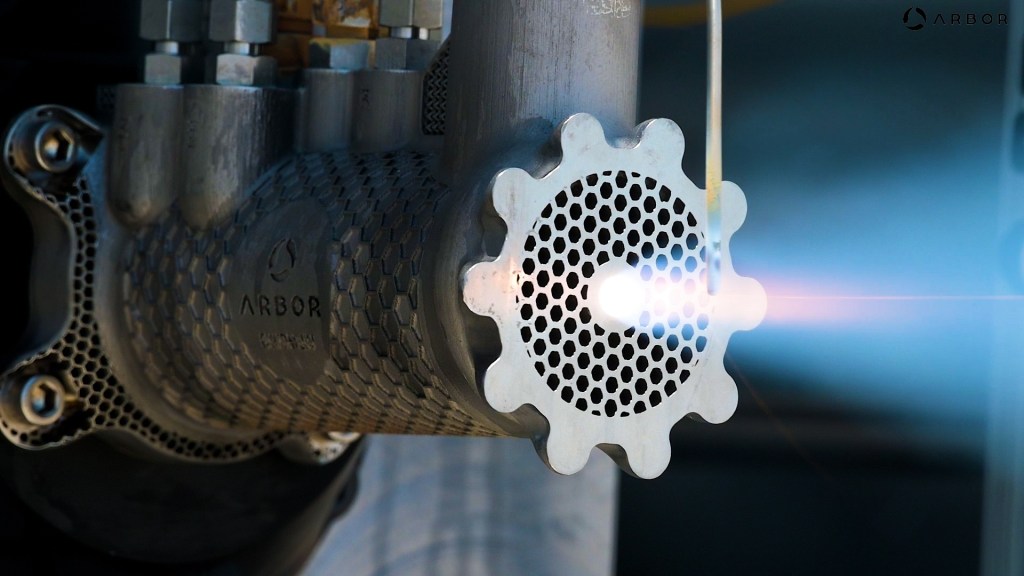Frontier and Arbor Team Up to Deliver Biomass-Powered, Carbon-Removing Energy for Data Centers

Frontier, a climate initiative backed by Stripe, Google, and Meta, has committed $41 million to Arbor Energy to fund a breakthrough approach for decarbonizing energy used by data centers. The funding will help Arbor construct its first commercial-scale power plant in southern Louisiana, aimed at removing 116,000 tons of CO2 from the atmosphere by 2030.
A Two-in-One Solution: Renewable Power and Carbon Removal
Arbor’s innovative plant uses waste biomass as fuel to generate electricity for data centers, while simultaneously capturing and storing nearly all of the CO2 emissions produced. This dual approach enables Arbor to sell both clean electricity and certified carbon removals — a combination increasingly valuable as data center operators search for sustainable and reliable energy sources.
Brad Hartwig, Arbor’s CEO and a former SpaceX engineer, explains, “We’re offering both dependable, carbon-free electricity and net carbon removal. Our technology enables data centers to reduce their environmental footprint in two ways at once.”
How Arbor’s “Vegetarian Rocket Engine” Works
Arbor’s technology, known as Biomass Carbon Removal and Storage (BiCRS), begins with converting agricultural waste and other biomass into a synthetic gas (syngas). Unlike traditional gasifiers, Arbor had to engineer its own core technology to meet performance needs. In the gasifier, supercritical CO2 (carbon dioxide at high pressure, produced from the plant itself) aids in breaking down the feedstock and releases syngas components like hydrogen and carbon monoxide.
The syngas then enters a combustion chamber — inspired by rocket engine design — and is burned using pure oxygen. The reaction yields water vapor, heat (for generating power), and more CO2. The presence of CO2 helps manage combustion temperature, protecting internal machinery. A high-efficiency turbomachinery system extracts electrical energy, while 99% of the resulting CO2 is diverted for geologic storage, with a small fraction recycled back into the process.
This approach not only generates low-carbon power, but thanks to the use of biogenic (plant-derived) carbon, it results in permanent carbon removal from the atmosphere.
Sustainable Biomass Sourcing and the Data Center Opportunity
Globally, there’s between 1 and 5 gigatons of waste biomass produced annually. However, only a portion meets sustainability and transportation criteria. Hannah Bebbington, Frontier’s head of deployment, notes, “Each carbon removal must come from sustainably sourced, truly excess biomass. We’re pushing for a high bar on sustainability to avoid unintended consequences like soil depletion or excess emissions from transportation.”
Even if just 1 gigaton is viable, BiCRS and related approaches (like BECCS) could play a substantial role in meeting the rapidly growing energy needs of data centers and industry, while drawing down atmospheric carbon.
Fuel Flexibility and Future Scale
Arbor’s first Louisiana facility is expected to deliver between 5 and 10 megawatts of baseload electricity. The technology is also designed to be adaptable: while the initial focus is on biomass for carbon removal, its flexible design means it could be adapted in future to burn other hydrocarbon sources — though the partnership with Frontier ensures the power remains carbon-negative.
Hartwig envisions a future where BECCS-style power plants become standard for industrial applications: “We want BECCS to be a backbone for data centers and industrial electrification, ensuring grid resilience and true net-zero operations. And if new fossil generation is ever needed, our approach could capture all the resulting emissions.”
DeepFounder Analysis
Why it matters
This breakthrough is a critical signal that climate-tech startups are developing integrated solutions targeting two massive pain points — energy security and decarbonization — for digital infrastructure. For startups and founders, it demonstrates both the maturity of carbon removal markets (with pre-purchase agreements becoming reality) and the growing demand from hyperscale data center operators for real climate impact, beyond offsets.
Risks & opportunities
The main market risk is the sustainable sourcing of sufficient biomass. Competing applications for agricultural waste, land-use constraints, and logistics can limit scale or inflate costs, as seen in past cellulosic ethanol and BECCS projects. However, the opportunity is enormous: with data center energy use and climate regulations on the rise, solutions that can deliver true negative-emission power are primed for outsized impact — and may attract significant long-term offtake deals from hyperscalers, similar to those recently seen with renewables and nuclear. For more on energy innovations for data centers, see Redwood Materials Enters Energy Storage: Repurposing EV Batteries for AI Data Centers.
Startup idea or application
This model opens the door for specialized biomass logistics and certification startups that can guarantee traceability and sustainability — much like companies that emerged to verify sustainable palm oil or coffee. Another avenue is developing digital platforms for data center operators to source verified, location-optimized carbon-negative energy, integrating real-time emissions data and blockchain-based tracking.
biomass carbon removal data centers carbon capture climate tech
Visit Deep Founder to learn how to start your own startup, validate your idea, and build it from scratch.
📚 Read more articles in our Deep Founder blog.

Comments ()